Snow glasses of the Northern peoples, known for several thousand years
Categories: Fashion | History | Nations
By Pictolic https://pictolic.com/article/snow-glasses-of-the-northern-peoples-known-for-several-thousand-years.htmlSunglasses for us are a fashion accessory from the 20th century. But in fact, glasses that protect the eyes from bright light appeared in ancient times. The first specimens known to science are already 4000 years old, which means that they are the same age as the Egyptian pyramids. However, such glasses were invented not at all in hot countries, but in the harsh Arctic.

Eskimos and Chukchi have been using snow goggles for several thousand years. This is a simple, but very effective analogue of sunglasses, helps protect the eyes from photokeratitis - snow blindness.
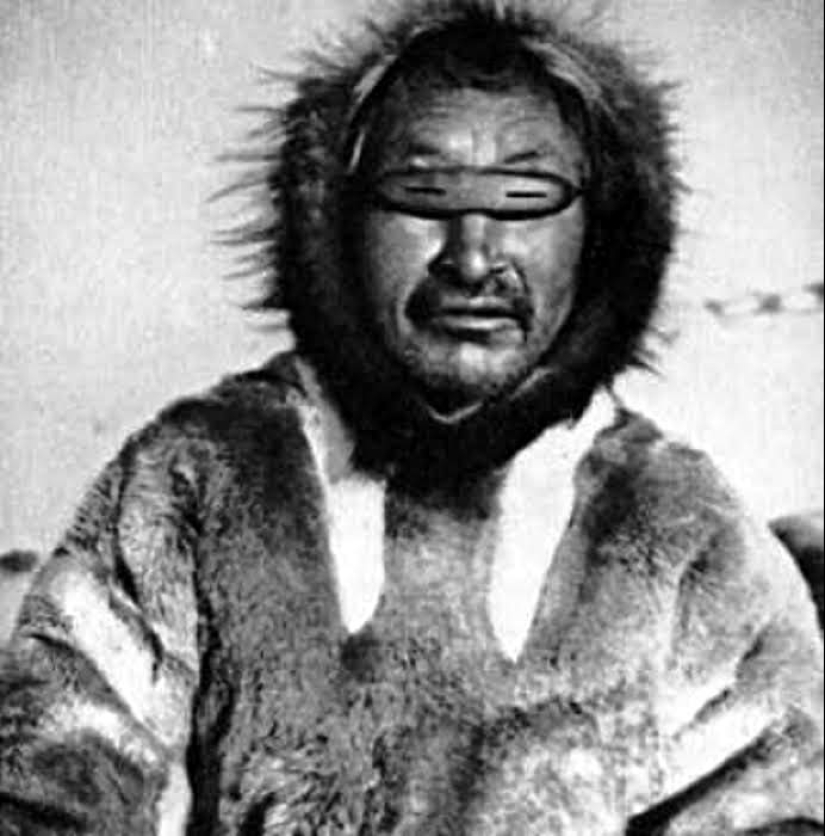
Everyone is well aware of how insidious ultraviolet can be. But in the conditions of the Far North, when everything is covered with snow, its negative effect increases. The sun's rays are reflected from the snow cover and can lead to a burn of the cornea of the eye, and completely unnoticed by humans. Even scattered sunlight where there is snow can be dangerous.
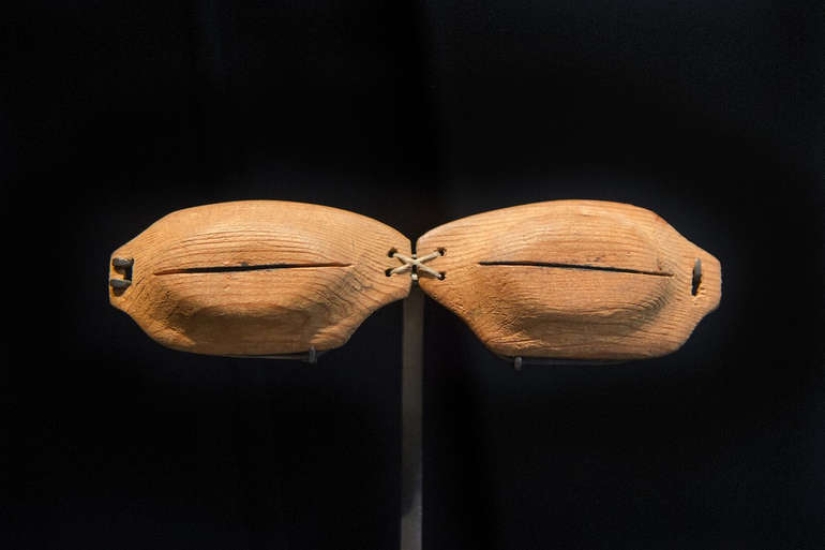
Snow glasses were made by unspoiled northern masters from a variety of materials. Spruce wood or walrus bone was best suited for these purposes, but in extreme cases, leather could do. If she wasn't there, the glasses could even be made from birch bark, algae and grass.
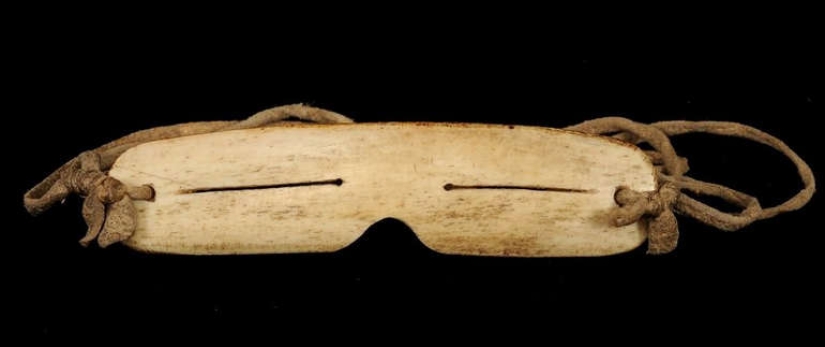
All snow glasses are arranged, regardless of the material used, very similar. They consist of a mask tightly fitting to the face and ties with which the product is attached to the head. One or more narrow horizontal slits were made in the mask. When the glasses are on the face, the light passes only through the slits.
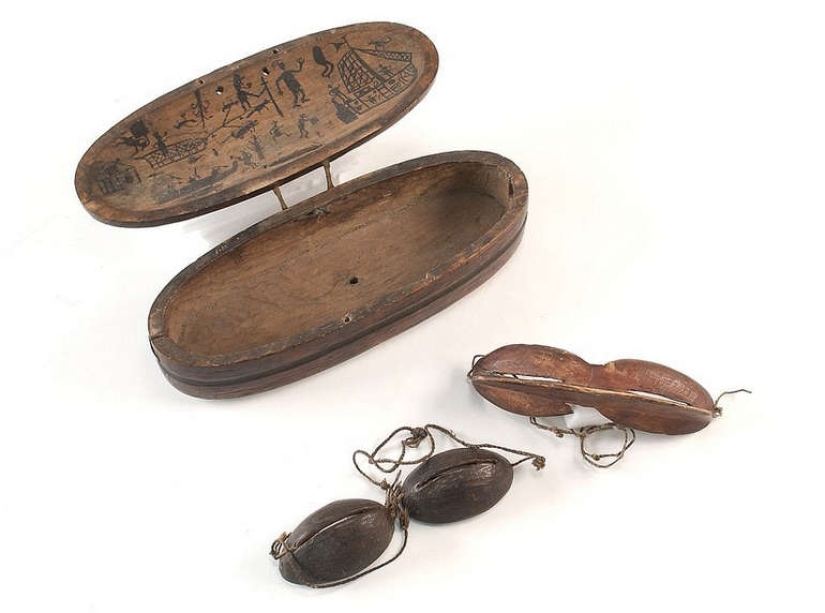
In some cases, the inside of the mask was painted black with soot. This was done so that glare would not appear inside the snow glasses.
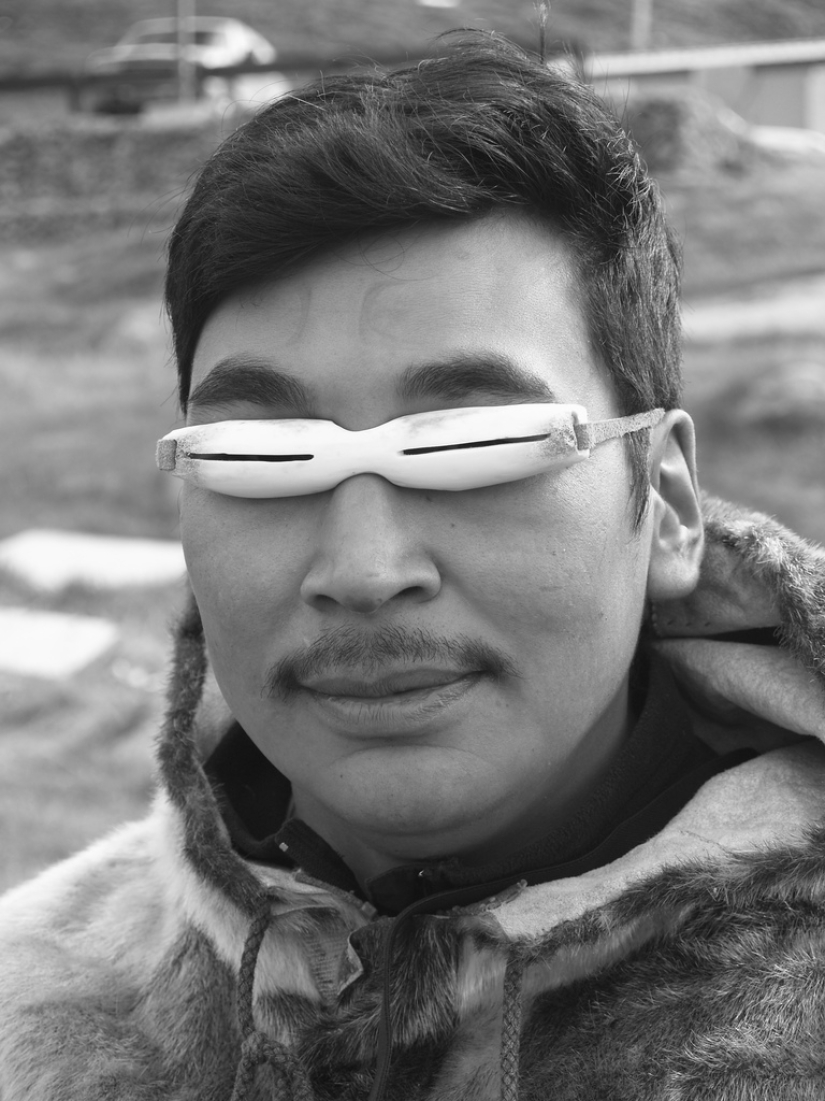
The width of the slots played a big role, since it depended on how extensive the field of view would be. The ties were made from animal tendons.

As you have already understood, there was no single standard for snow glasses. Each master made them as he saw fit and it was not easy to meet the same style, shape and size. Sometimes the glasses were decorated or modified to get maximum comfort. Scientists have found models with fabric-lined or rabbit fur edges.

Although the snow glasses of the Chukchi and Eskimos look archaic and funny, but these are the ancestors of modern sunglasses. Interestingly, translated from the language of the Canadian Inuit, the name of the iggaak snow glasses means exactly "glasses from the sun".
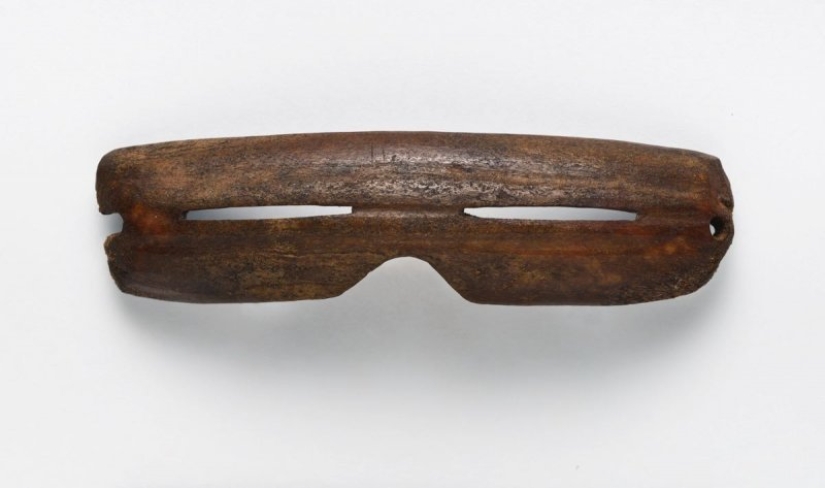
The peoples of the north, forced to constantly struggle for survival with the harsh forces of nature, gave us a lot of useful things.
Recent articles

There are dolls very similar to living people. And there are so realistic that their appearance can only be explained by magic. ...

Japan is deservedly considered one of the safest countries in the world. Even organized crime there has a "human face" ...

Famous British photographer Bob Carlos Clarke was born in an Irish corps in 1950. In 1969 he moved to England to study art and ...